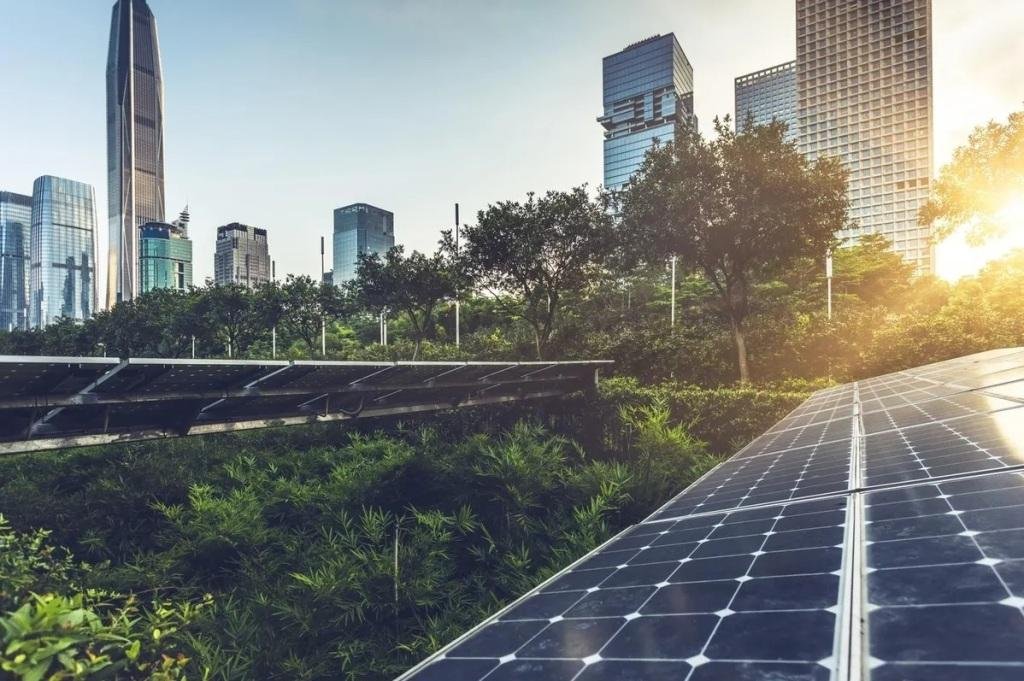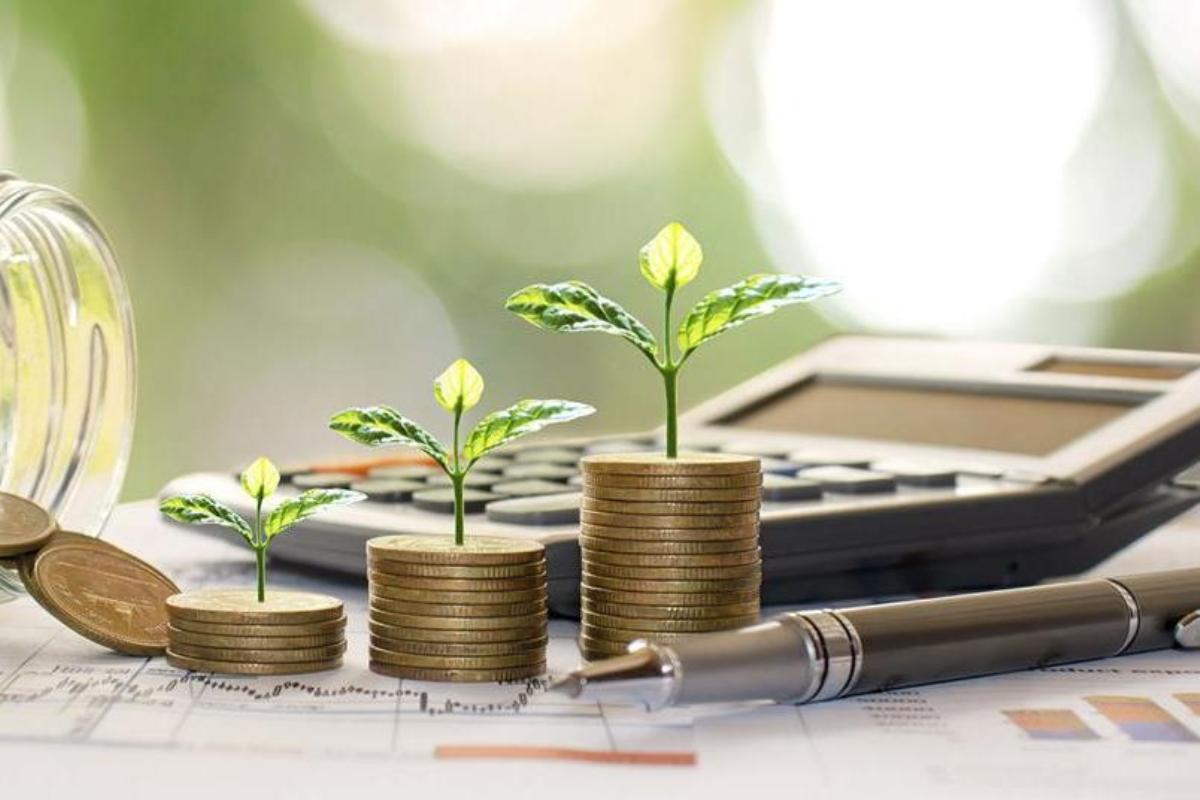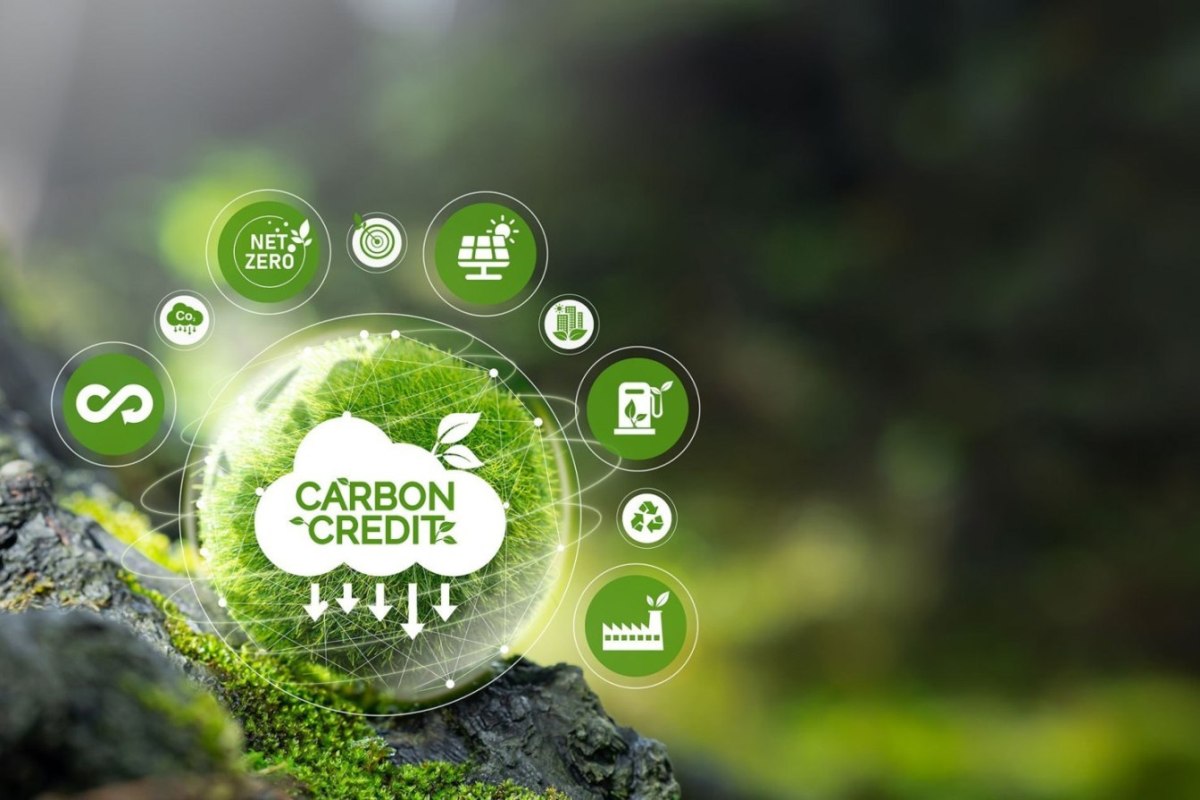As India advances toward its ambitious net-zero target by 2070, the real estate sector; projected to contribute over 15% to the national GDP by 2047; is undergoing a critical transformation. With buildings accounting for a significant share of greenhouse gas emissions, electrification—especially when paired with renewable energy—is increasingly seen as a cornerstone of sustainable development.
In this article, Mr. Gopalakrishnan Padmanabhan, Managing Director; Southeast Asia and Middle East (SAME) at Green Business Certification Inc. (GBCI), shares timely insights on the challenges, opportunities, and policy landscape shaping this shift. With over two decades of regional experience and a strong foundation in corporate strategy and green market development, Mr. Gopalakrishnan brings a nuanced perspective to the conversation. His reflections offer a comprehensive view of how India’s built environment can align with global sustainability goals through thoughtful electrification and systemic change.
Electrifying India’s Real Estate: Powering the Sector Toward a Net-Zero Future
India’s real estate sector is on a transformative trajectory. Projected to reach a staggering US$5.8 trillion by 2047, contributing over 15% to the national GDP, it stands as both an engine of economic growth and a significant contributor to carbon emissions. As India pursues ambitious sustainability goals—including achieving net-zero emissions by 2070 and reducing GDP carbon intensity by 45% by 2030—the electrification of the built environment emerges as a crucial lever in decarbonizing the sector.
The question now is not whether we should electrify our buildings, but how quickly and effectively we can integrate electrification into India’s real estate fabric.
Understanding Electrification in Real Estate
Electrification in real estate refers to replacing fossil fuel-based systems (such as gas boilers, diesel generators, and conventional HVAC systems) with electric alternatives. These alternatives, when powered by renewable energy, drastically reduce operational carbon emissions. Examples include electric heat pumps, smart energy management systems, and on-site solar power generation.
The growing trend toward all-electric buildings globally underscores electrification as a clear path to decarbonization. In India, this transition is particularly important, given that buildings contribute approximately 32% of national greenhouse gas (GHG) emissions, stemming from both operational and embodied carbon.
The Carbon Challenge: Operational and Embodied Emissions
India’s real estate sector is uniquely positioned. While developed nations grapple with retrofitting aging infrastructure, India’s carbon-saving potential lies largely in assets yet to be built. With over 70% of urban infrastructure projected to be developed by 2030, integrating low-carbon strategies from the outset is both an imperative and an opportunity.
Operational emissions—those generated through energy use during a building’s lifetime—are relatively easier to address through electrification and energy efficiency measures. However, embodied carbon, arising from material production and construction processes, remains under-regulated despite accounting for up to 40% of a building’s total emissions. Tackling both is essential for a net-zero trajectory.
Policy Support: Building the Foundation for Electrification
India’s policy landscape is increasingly supportive of sustainability in real estate. Programs like the Energy Conservation Building Code (ECBC) and Eco Niwas Samhita (ENS) establish baseline energy efficiency standards. Meanwhile, green certification systems such as LEED (Leadership in Energy and Environmental Design) and GRIHA are promoting best practices in sustainable construction and operations.
Moreover, initiatives like Pradhan Mantri Awas Yojana – Urban (PMAY-U) and Smart Cities Mission are driving green growth through financial incentives, technology integration, and performance benchmarks. Notably, the Smart Cities Mission mandates that at least 80% of new buildings in greenfield developments be energy-efficient, with 10% of energy needs met via solar power.
Yet, gaps remain. Existing codes primarily focus on operational efficiency and lack standardized approaches to measuring and mitigating embodied carbon. A more comprehensive regulatory framework, incorporating both carbon metrics (kgCO2e/m²/year) and energy metrics, is necessary to fully integrate electrification and decarbonization into the sector.
Integration with Renewable Energy: Enhancing Impact
Electrification without renewable energy integration limits its potential. Grid decarbonization, combined with on-site renewables like rooftop solar, can transform buildings into net-zero energy assets. Energy storage solutions, such as battery systems, further enhance reliability and efficiency, particularly in managing peak loads.
The synergy between electrification and renewable energy not only reduces emissions but also insulates the real estate sector from the volatility of fossil fuel markets—a lesson underscored by global disruptions, such as the energy crisis following the Russia-Ukraine conflict.
Green Certifications: Accelerating Market Transformation
Green certifications play a pivotal role in promoting electrification and sustainable building practices. LEED, the world’s most widely used green building rating system, provides a framework for energy efficiency, indoor air quality, water conservation, and reduced emissions across all stages of a building’s lifecycle.
LEED-certified buildings demonstrate measurable reductions in energy and carbon footprints. For instance, buildings certified under LEED v4.1 contribute 50% fewer GHGs from water use, 48% fewer from solid waste, and 5% fewer from transportation compared to conventional buildings.
Certifications not only validate sustainability achievements but also enhance asset value, attract tenants, reduce operational costs, and help meet investor ESG (Environmental, Social, and Governance) goals.
Economic and Social Benefits of Electrification
Beyond environmental gains, electrification fosters economic resilience. Energy-efficient buildings command higher rents, have lower vacancy rates, and offer long-term cost savings. Moreover, electrification catalyzes job creation in sectors like renewable energy, smart infrastructure, and green construction technologies.
However, the shift to low-carbon construction methods—such as prefabrication—necessitates reskilling of India’s 59 million construction workers. A just transition, involving upskilling and capacity building, is essential to ensure that these workers can thrive in a rapidly evolving industry.
The Way Forward: Collaborative Action
Achieving large-scale electrification in real estate demands a collaborative, multi-stakeholder approach. Key actions include:
- Policy Enhancements: Introduce embodied carbon regulations, establish national carbon benchmarks, and enforce carbon-based performance metrics alongside energy metrics.
- Incentives: Expand financial incentives for developers adopting all-electric designs and renewable energy systems.
- Data and Transparency: Develop a national carbon database for the built environment to support informed decision-making.
- Capacity Building: Invest in workforce training to support the adoption of green technologies and sustainable construction practices.
Conclusion: Powering Progress Responsibly
India’s real estate sector stands at the cusp of a sustainable revolution. Electrification, when integrated with renewable energy and underpinned by robust policies and certifications like LEED, offers a path to a low-carbon, resilient, and economically vibrant future.
As we power buildings with clean energy, we are also powering progress—creating spaces that not only meet the needs of a growing population but do so responsibly, equitably, and sustainably. The time to act is now, and the real estate sector must lead the charge in electrifying India’s future.


















.jpg)




